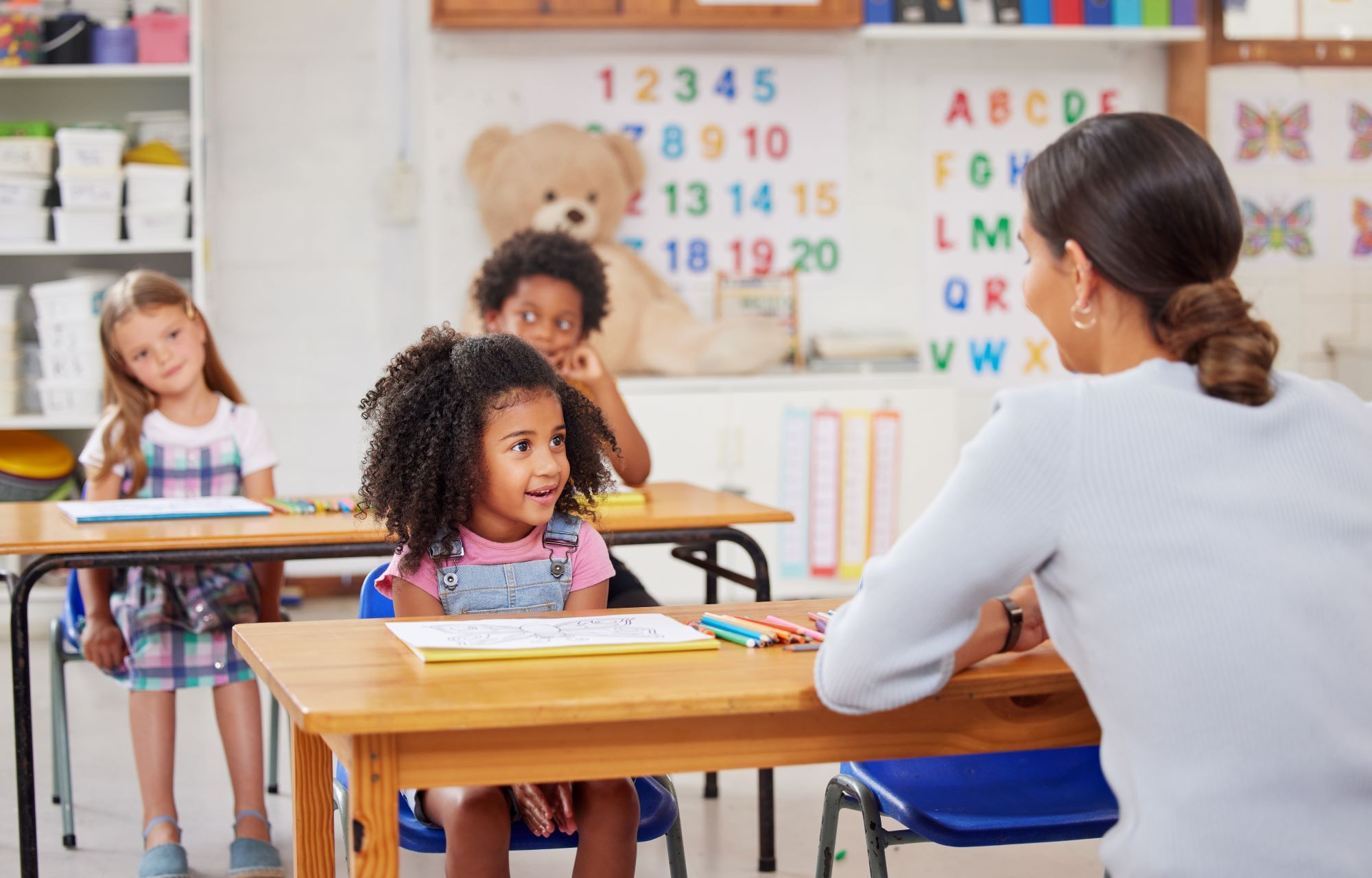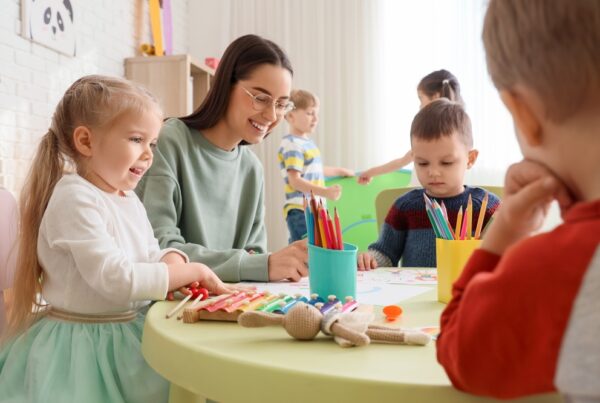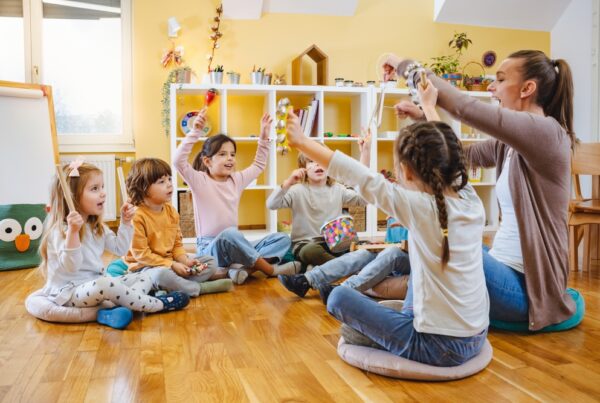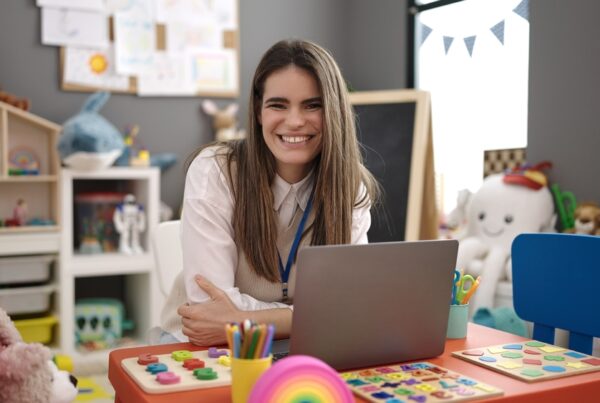Preschool classroom furniture has to check a lot of boxes. It needs to be comfortable, yet safe, and it needs to facilitate children’s natural curiosity.
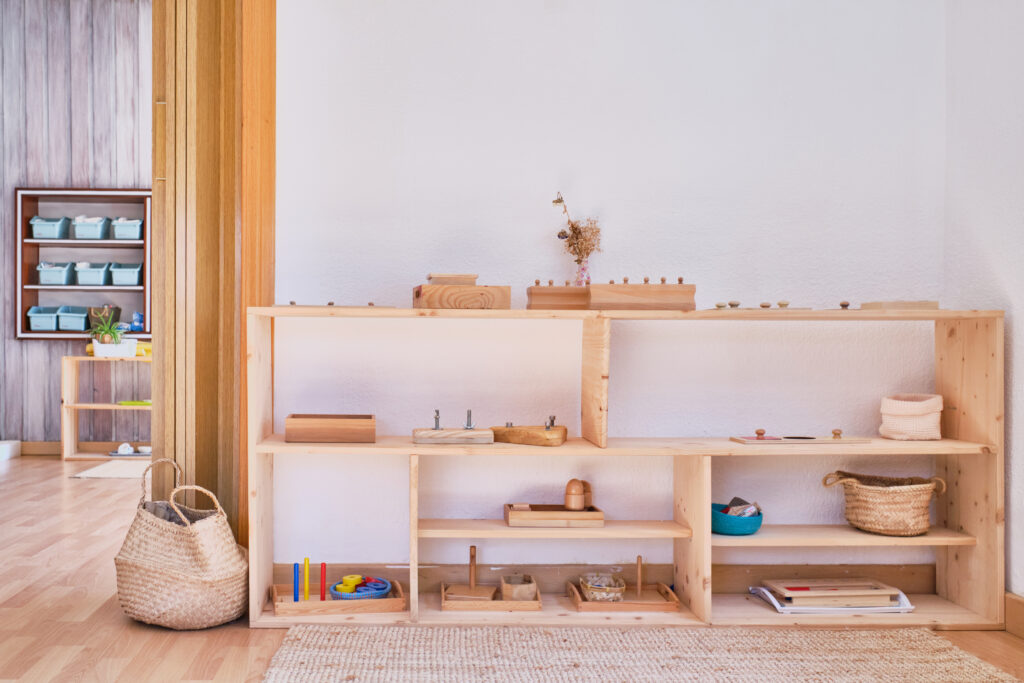
Research suggests that early childhood furniture choice can impact on learners’ perception of the classroom, and even the amount of benefit they gain from learning opportunities.
So, let’s look at the impact preschool classroom furniture has on learning.
1. Well-fitted furniture supports focus and engagement
Your furniture should fit around your class, as opposed to the other way around.
Well-fitting furniture that allows children’s feet to be planted on the ground is important when undertaking activities that require a greater level of focus.
Chairs should also be adjustable to account for children of all sizes.
Well-designed, purpose-built preschool furniture has also been linked to higher levels of student engagement, and benefits students who learn through active learning techniques.
Furniture should allow for movement around the room, while also offering comfort, which is another factor contributing to levels of engagement.
2. Flexible furniture improves child satisfaction
What comes to mind when we talk about flexible furniture? We don’t mean chairs and tables that are made from soft, malleable plastic (though soft seating can be a good choice).
Flexible furniture includes any chairs, tables and other items that take up limited space and can easily be moved around.
Children’s learning environments have a need for space on demand, allowing for group activities, group readings, play and other tasks that require large open spaces.
Research has suggested that children who work with flexible furniture experience greater satisfaction levels with their classroom environment.
Additionally, the same furniture affords more varied opportunities for both learning and student autonomy.
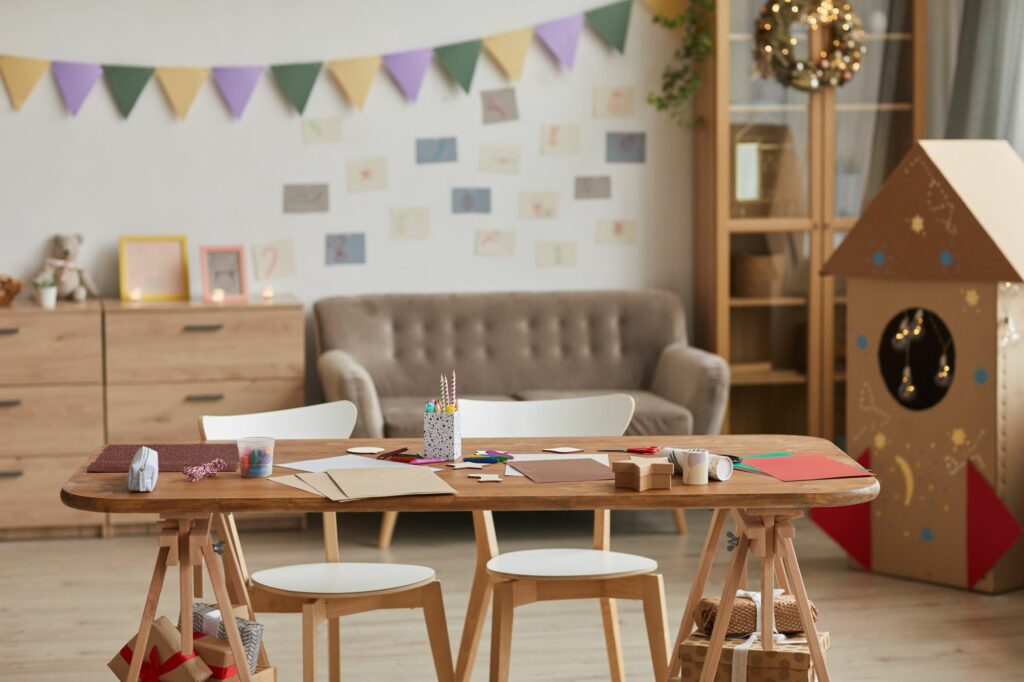
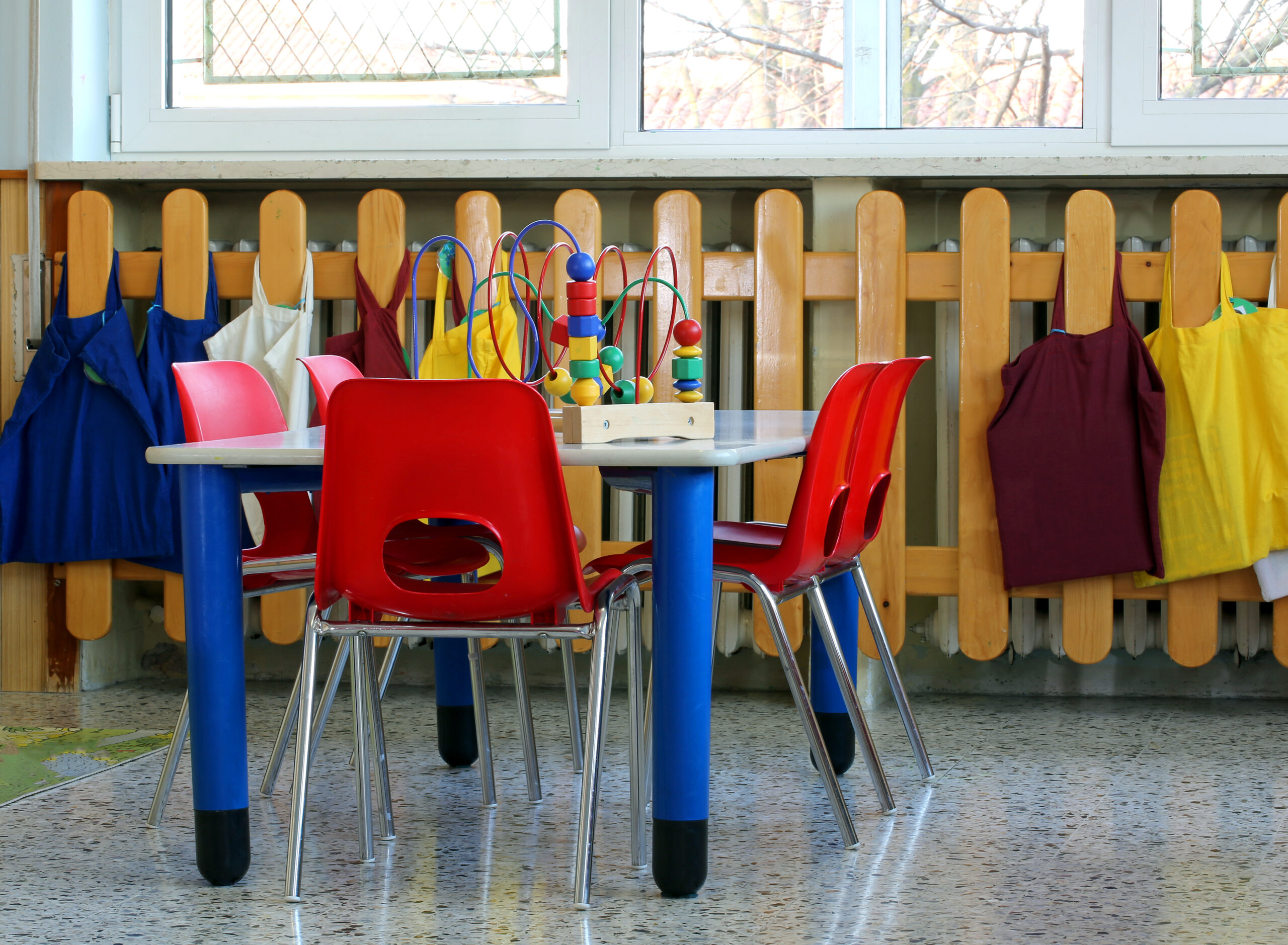
3. High-quality, purpose-built furniture is essential for learning and health
Skimping on furniture provision for preschool children could impact on their learning outcomes and overall health.
Poorly designed furniture can bring a number of disadvantages, including poor posture that degrades the furniture faster, impact on development, and reduced levels of concentration.
4. Proper furniture helps to prevent injuries in preschool
While the data is now quite old, one study into furniture-related infant deaths in preschool children produced shocking results. Conducted in New Zealand, the study found that 1,679 infants were hospitalised due to furniture-related accidents.
So, preschool furniture should be durable, yet safe. Pieces should not be overly heavy, have no sharp edges, and so on.
High-quality, purpose-built furniture for preschools uses safe designs to ensure that children are not put at risk.
5. Colours impact on children’s mood and learning
When choosing preschool furniture, colour is an important consideration.
Different colours impact children’s mood in different ways, moreso than with adults.
Studies have shown that colour preferences can even impact on a student’s performance, for example:
- Blue can enhance creativity, though too much can have the opposite effect
- Red can induce focus on detail-oriented or monotonous tasks
- Yellow can stimulate intelligence, though too much can lead to stress
6. Adequate furniture affords structure to the classroom
When set up well, furniture in a preschool classroom contributes to the functional structure of the room.
This means allowing for movement – of both children and teaching staff – around desks, as well as ensuring there is sufficient personal space at desks for children to work and create effectively.
There also needs to be consideration for the various pieces of stationery and other equipment that kids typically use in their wide selection of learning activities.

Preschool classroom furniture: choice is important
Without proper knowledge of the impact classroom furniture can have on children’s learning, preschools might simply opt for the most budget-friendly option or stock a classroom with furniture that’s already available.
However, as the above has shown, this could be detrimental to student success, or at the very least will not maximise on their potential.
